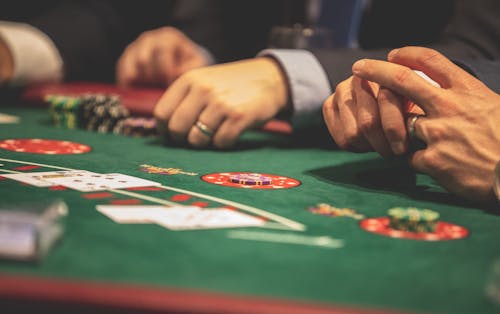When conversing about addiction and problematic behaviors, it’s crucial to know that substance abuse is not the only type of addiction.
Non-substance behaviors can also develop into problematic issues, affecting individuals’ lives and well-being. By understanding these behaviors, the stigma associated with addiction can be broken, providing support and guidance to those struggling.

Here are key points to learn when it comes to non-substance problematic behaviors.
Definition and types
Non-substance problematic behaviors refer to compulsive and harmful patterns that individuals find unable to control. Examples include gambling, video gaming, food addiction, internet addiction, and compulsive shopping.
Common features
Non-substance addictions share similar attributes with substance addictions, such as loss of control, adverse consequences, intense cravings, and withdrawal symptoms.
Underlying factors
Non-substance problematic behaviors can be steered by genetic, environmental, and psychological factors. Mental health conditions like stress and trauma may contribute to their development.
Escapism and self-medication
Non-substance addictions can provide a way to escape emotional pain, manage stress, or fill a void. Knowing the underlying emotional needs can help tackle these behaviors effectively.
Impact on relationships and life
Non-substance problematic behaviors can affect relationships, cause financial difficulties, affect work performance, and adverse impact physical and mental health.
Treatment approaches
Treatment for non-substance addictions often involves a combination of therapy, support groups, and lifestyle changes. Cognitive-behavioural therapy (CBT), motivational interviewing, and mindfulness techniques can be effective.
Co-occurring conditions
Non-substance addictions often occur alongside mental health disorders, such as depression, anxiety, or obsessive-compulsive disorder. Treating both conditions at the same time is essential for successful recovery.
Harm reduction
For some people, total abstinence may not be the primary goal. Harm reduction strategies can help individuals reduce the negative consequences of their behaviors and work towards healthier alternatives.
Support and empathy
Individuals struggling with non-substance addictions face stigma and judgment. Offering support, understanding, and empathy can create a safe space for them to seek help and foster a sense of hope.
Prevention and Education
Educating individuals about the possible risks of non-substance problematic behaviors and promulgating healthy coping mechanisms can be crucial in prevention efforts.
Understanding non-substance problematic behaviors is essential for promoting empathy, reducing stigma, and providing appropriate support to those affected.
By identifying these behaviors as genuine addictions, we can offer the necessary resources and treatment options to help individuals overcome their struggles and improve their overall well-being. It’s time to break the stigma and foster a more compassionate approach towards all forms of addiction.